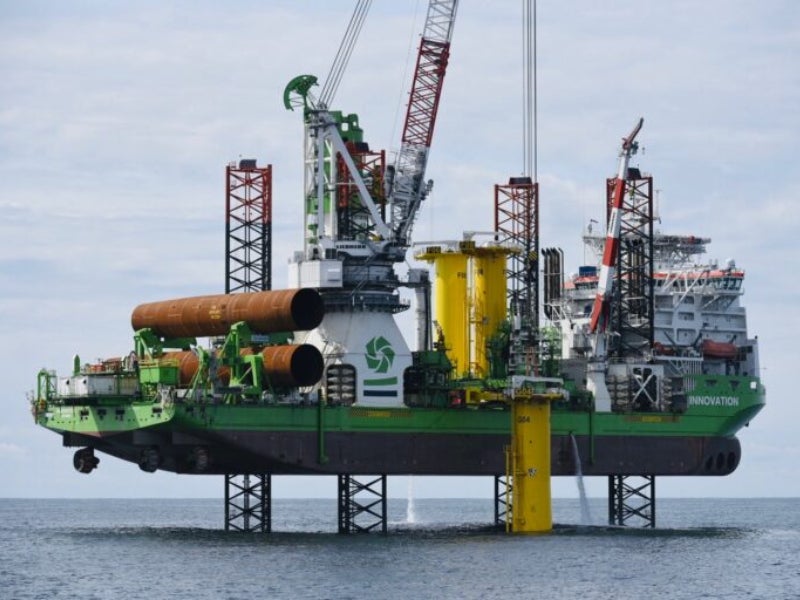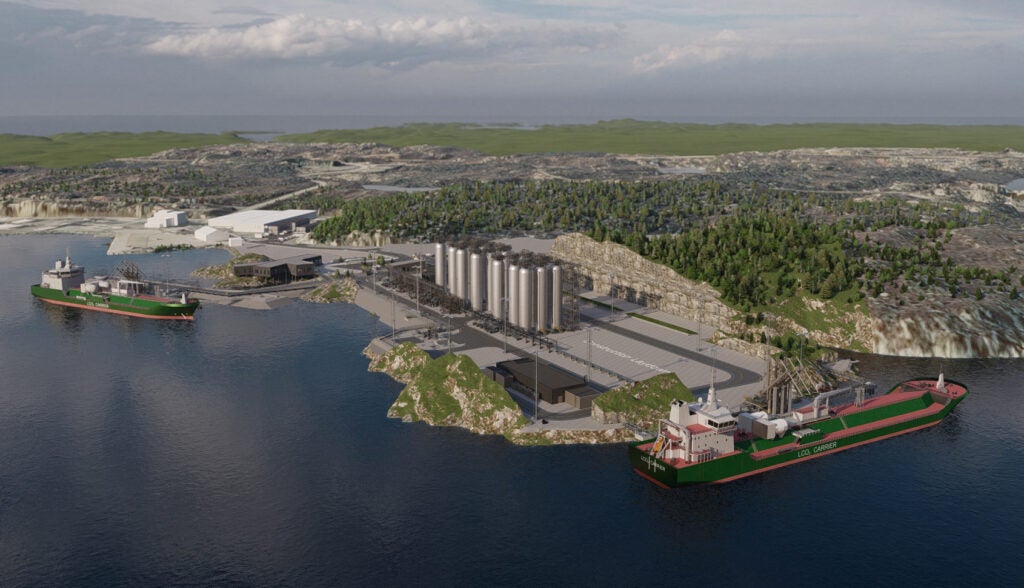
Two years ago, the global spread of the Covid-19 virus caused the last holdout countries to introduce lockdowns, suppress movement of people, and minimise economic activity. The pandemic caused all industries to pause projects and rethink strategies.
But two years on, without any prior knowledge, anyone could convince themselves that the shock was small. In energy, most technologies have continued their growth trends regardless of the virus. With some exceptions, life continues unabated.
While the full long-term effect remains to be seen, initial reports on the amount of capacity additions in development during 2020 and 2021 show that investors have remained enthusiastic for the energy project pipeline. As a whole, the growth of the energy industry cannot be stopped.
Oil and gas, and the delay of the peak
At this point in 2022, judging the current trajectory of the oil and gas industry seems unfair. However, reports now suggest that oil production will take even longer than originally predicted to reach its pre-pandemic level.
In the early days of the pandemic, some analysts predicted that peak oil production had unexpectedly already passed. The massive production drop during 2020 lingered into 2021, but predictions for 2022 suggested that peak oil had yet to come.
The IEA and OPEC expected global production to push past 100 million barrels per day, but given geopolitical events this year, the IEA now expects production to remain slightly beneath this. This pushes the new timeline for peak oil into at least 2023, closer to the agency’s originally predicted date of approximately 2030. At the same time, OPEC currently expects oil to keep growing towards 108 million bpd of oil production in 2040, levelling off thereafter.
Gulf oil countries have expressed no intention to minimise production as part of the energy transition. At the time of writing, Iran seems set to re-enter global oil and gas production, assuming that the country reaches a deal to lift economic sanctions set by the US.
Shale oil and gas production took the largest hit from the pandemic, seeing some bankruptcies among US producers. However, the country has invested heavily in oil and gas production, and while US leaders have made some moves to limit expansion of the industry, rising oil prices have helped shale oil and gas producers quickly recover from a disastrous 2020. However, GlobalData predicts that US producers will only meet pre-pandemic production levels in 2024.
The roots of CCUS funding
Regardless of the pandemic, the carbon capture, utilisation, and storage (CCUS) pipeline continued to grow, as it has since 2017. The IEA counted 62 facilities in the project pipeline in 2020, though this remains below the total in development in 2012. Development slumped between these two years, but now appears to be enjoying massive growth. In 2021, the number of CCUS facilities in some stage of development grew to 168.
However, the IEA says that this pipeline would need to grow by at least 500% to keep net-zero development on track.
According to advocate group Global CCS Institute, the US accounts for the largest share of CCUS projects, mostly related to the production of ethanol and other biologically-derived fuels. The UK also has a sizeable number of CCUS projects under development, most of which plan to help in power generation or hydrogen manufacturing.

The growth in CCUS development has fundamental ties to the growth of the hydrogen industry. Blue hydrogen, the cheapest form currently available, relies on CCUS to capture the significant emissions created in the cracking process.
The birth of the hydrogen project pipeline
Despite the pandemic, the last few years have seen the birth of the hydrogen electrolyser project pipeline. Hydrogen project commissioning has become increasingly regular throughout Europe, Asia, and the Americas, with increasing scope. In 2020, global electrolyser capacity totalled 0.3GW. By 2026, the IEA anticipates 16.7GW of global electrolyser capacity.
Most of this would centre on Europe, where companies such as Equinor and EDF have committed to developing increasingly large hydrogen electrolysers. Saudi Arabia has put an extensive marketing budget behind its planned green hydrogen project in NEOM, while Japan has backed hydrogen generation as a way to support its transition away from coal.
Many of these commitments came within 2020, implying that either initial planning had started prior to the pandemic, or that as the focus on decarbonisation has increased, the pandemic has not stood in the way of hydrogen development.
In a similar manner to CCUS, the IEA believes that the hydrogen pipeline remains significantly below the path needed for net zero by 2050. Currently, hydrogen pipeline projects would generate approximately 4.6Mt of hydrogen per year by 2030, but a net-zero trajectory would require at least 20Mt of production. Roughly 12Mt of this generation would need to go towards iron and steel production, while current development only plans 0.5Mt for this purpose.
Unlike other power generation methods, electrolyser capacity dictates the amount of power used to create hydrogen from water. Because of this, electrolyser capacity is fundamentally linked to renewable generation capacity. By 2026, approximately 1% of global renewable generation will power hydrogen conversion.
A dent in the renewables surge?
Before now, renewable development has focused on convenience for grid connection, balancing, and distribution. Hydrogen electrolysers will consume massive quantities of energy, so the pipeline of integrated renewable and electrolyser projects has grown to retain balance on the grid. The IEA expects an additional 17.7GW of renewable capacity generation designed solely for hydrogen generation by 2026, but much of this has yet to materialise.
Meanwhile, the energy transition continues. Perhaps because of the increasing focus on environmental issues and climate change, renewable generation development has continued rapid growth since 2019. GlobalData information shows that the number of renewables auctions in the second half of 2021 tripled the number from the year before.
While this does not demonstrate the capacity of those auctions, extrapolating from Bloomberg NEF data for the first three quarters of 2021 suggests that auctions for renewable projects exceeded 90GW in 2021. However, this would still involve a significant fall in Chinese renewable investment, as the country moves to a less-rewarding renewable payment system.
Iberdrola stepped up its future renewables investment in November 2020, pledging an additional $89bn toward renewable development before 2025. The Spanish energy giant has a project pipeline containing 81.5GW of development, with a self-reported success rate of “more than 60%”. Approximately half of this would come from onshore and offshore wind, with planned projects totalling 36.3GW and 25.2GW respectively. Another 36.6GW would come from solar projects.
While Iberdrola is just one energy leader planning to push forward with renewable industrial expansion, other renewable leaders have made similar commitments. Another Spanish company, Naturgy, has pledged $16.6bn toward renewables before 2025. After its success in transitioning to a renewables focus, Danish company Ørsted has committed $57bn to renewables investment before 2027.
The unknown variables in the energy project pipeline
While quantifying renewable investment gives impressive figures, the success rate of these investments depends on the companies behind them. A lot of renewables investments still comes from renewable divisions within larger companies; during Covid-19, stakeholders have started to believe that the lack of focus on renewables from the companies behind them could hinder projects.
General Electric will separate its renewable energy arm from the company, allowing it to pursue a wider array of renewable opportunities. Other large companies with renewable divisions have faced calls to do the same, but the future of these operations remains uncertain.
Those in the spotlight include the large oil companies that have made increasingly large moves into renewables. Equinor, Shell, BP, and TotalEnergies have all thrown a fraction of their considerable finances toward renewable energy development. This has come in the shape of offshore wind investments in the US, Norway, and South Korea. Beyond this, solar deals with TotalEnergies and large investments in US renewables by BP have pushed European oil majors into the general energy market.
However, some of these companies are also fighting legal battles related to pollution from their oil and gas activities. This could make them more willing to hold onto the good press from their renewables divisions, or more likely for those divisions to attempt to cut their losses.
Ultimately, much of the immediate future of energy investments rests on how the ongoing war in Ukraine develops, and how oil-consuming nations continue to relate to oil producers. While much of the discussion around Europe’s oil supply has asked where the continent could find its new supply, the larger as-yet-unanswerable questions asks: “How much will the rising costs of petrochemicals cause the energy transition to advance?”



